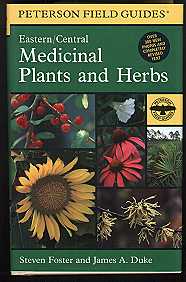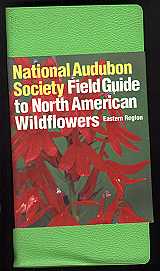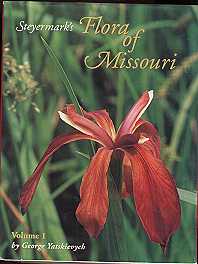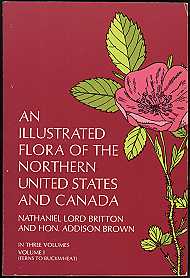Since almost none of us have access to human herbalist mentors, we have to acquire such knowledge the best way we can. Unlike in the past where books were very scarce and VHS/DVD/CD media forms were unavailable. Now they are! In these modern times, a live herbal teacher is not absolutely necessary. Thank goodness for small favors! Many herbal books, DVDs and audio CDs that are to be found out there are of minimal value, but a few are priceless and can go a long way in educating our minds to identifying wild plants and plant knowledge which has been saved and developed throughout the many years of Herbal medicine. Oh this page, I would like to save you a little money and time and suggest the texts that were of value to me. These suggested texts are designed to give the novice herbalist a reference to identify wild plants that may be growing in their locale. Luckily there are few truly poisonous plants to be generally found in the wilds, but those that do exist, one should be absolutely familiar with by sight and in deed. One should also be aware of valuable plants that are very similar in appearance to these poisonous plants and know how to differentiate the two. A mistyping of a wild plant is often the most troubling and commonly heralded danger by our so called conventional medical authorities. I think much of this danger is overblown, but be careful, study, ask around, and never get in too big of a hurry to harvest or process a plant you are not sure of. It is much better to live another day in health than to guess. Also, always remember that many of your important medicinal plants are the more toxic or poisonous plants. It is simply the dose measurements that make a medicine, healing or a poison. Plants are no different. Luckily most of the commonly used plants are very benign and have very low toxicity. This is the beauty and the scourge of Herbal medicine, depending on what perspective you may take. Many herbs can be overdosed many times with minimal chances of such dosing proving toxic. Thus, the absolute amount of dosage one would need to take is relatively unimportant when compared to what we have become accustomed to expect when we move into conventional synthetic medicines. Our modern medicines are often much more toxic with precise milligram doses being necessary. With most herbs this is not the case! The key thing with most herbal protocols is to remember to dose ourselves 3-4 times a day. Such frequent dosing is a must.
Many flora field guides will use different formats for identifying plants. I have found that the color and shape of the flower to be the easiest to use as a cue to what plant we are attempting to identify. This has the disadvantage that we can only identify a blooming plant and many plants only bloom for a few days out of the year. Nevertheless, flower ID was the basic valuable tool that allowed me to know the rest of the plant in all of its distinctive characteristics and I suspect you may be no different.
Field Guides that have proved valuable for me:




















